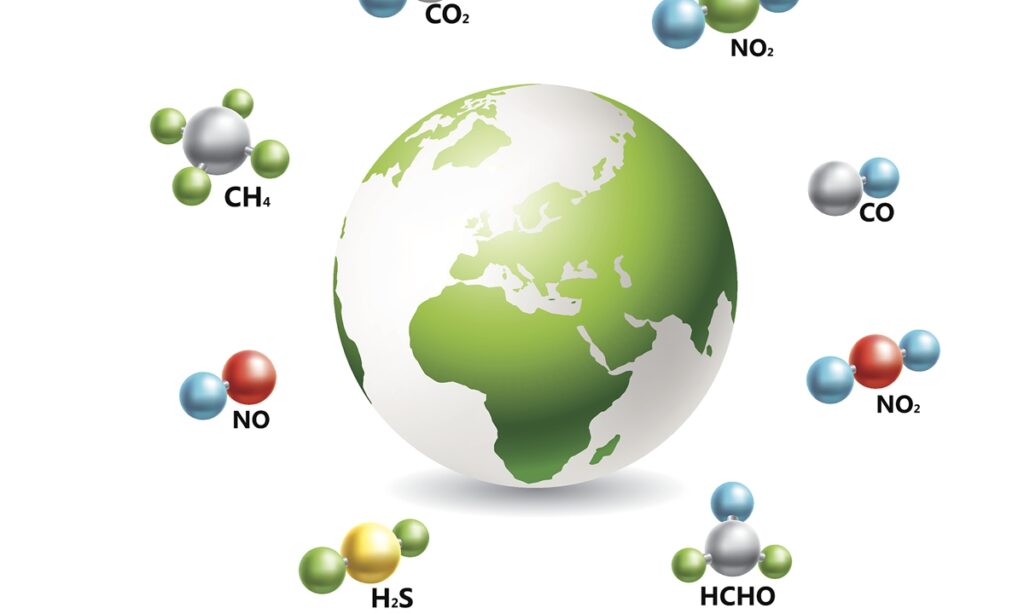Future food systems in China need to be transformed in order to achieve food and nutrition security as well as to help with carbon reduction goals, Chinese agricultural experts have suggested, after a recent study showed that most countries fail to include food systems in their plans for reducing greenhouse gas emissions.
Food production, processing, distribution, consumption and waste account for nearly a third of total global greenhouse gas emissions. Yet a recent study released by the Global Alliance for the Future of Food, in partnership with Climate Focus and Solidaridad, reveals that most governments are largely overlooking this area as a potential source of huge emissions savings, as most have neglected to include food system transformation in their national climate plans, known as Nationally Determined Contributions (NDCs), submitted as part of the UN climate talks.
Conservative estimates suggest that changing the way we produce and consume food could reduce global greenhouse gas emissions by at least 10.3 billion tons a year. This is slightly more than the combined emissions from global transport and residential energy use in 2019, and is equivalent to at least 20 percent of the cut needed by 2050 to prevent catastrophic climate change. To put it another way, without transformation of the industrialized food systems, it will be impossible to keep global warming below the critical threshold of 1.5 degrees.
The study found out that waste of food accounted for 4 percent of the greenhouse gas emitted by the US.
Although China did not include food system reform in its NDCs, China did pass a law to prevent food waste last year, which was hailed by experts as a way to help foster a resource-conserving and environmentally friendly society.
Future food systems in China must be transformed in order to achieve food and nutrition security as well as to help with China’s NDCs, said Fan Shenggang, professor at the College of Economics and Management at China Agricultural University.
Before COP26 officially convened in November last year, China submitted its updated NDCs with a number of specific targets such as peak emissions, percentage of non-fossil fuel energy in energy consumption and renewable energy installed capacity.
Compared to the NDCs submitted in 2015, the new targets are much more ambitious, with new added goals of total installed capacity of wind power and solar power reaching 1.2 billion kilowatts and above.
China’s new NDCs show progress in the country’s afforestation goals, but there also needs to be a systemic approach that accounts for the full potential of food and land use systems in meeting the country’s environmental goals, said Helen Ding, a senior environmental economist with the World Resources Institute and Food and Land Use Coalition (FOLU).
Since 2020, the FOLU China platform has convened a core team of leading Chinese and international research partners to develop and advocate for an integrated approach to help with emissions reduction in the country’s food and land use systems, said Ding.
Greenhouse gases Photo: VCG




